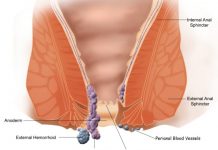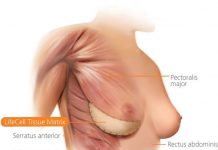Treacher Collins syndrome is a rare genetic condition that results in facial deformities.
Its severity may range from a very faint manifestation that could go unnoticed to more severe presentations that are immediately recognizable and may have related problems.
Treacher Collins syndrome may either occur as a spontaneous mutation from normal parents or it may be inherited from one parent.
A mother’s activities before or during pregnancy do not have any bearing on whether a child will be born with the syndrome.
Treacher Collins syndrome affects the lower eyelids and the cheekbones; the lower lids and cheeks lack soft tissue and the cheekbones are underdeveloped.
The ears may also be affected; they are either small but normal in shape, misshapen, or absent altogether. The eyes often slope downward, and the lower jaw is underdeveloped, giving the appearance of a weak chin.
There may be hearing loss, breathing problems, and feeding problems. Hearing loss is usually corrected by surgically implanting a hearing aid before the patient turns one year old.
The breathing problem is addressed with a tracheotomy, a surgical procedure in which an opening is made from the front of the neck into the trachea or windpipe. Feeding problems are addressed with reconstructive surgery to correct the small jaw and possible cleft palate.
Additional surgery to reconstruct the cheekbones, lower eyelids and cheeks, nose and outer ears may be done when the patient is at least three years old.
Treacher Collins patients could lead fairly normal lives, especially after reconstructive surgery, although they may need help coping with various practical problems.













